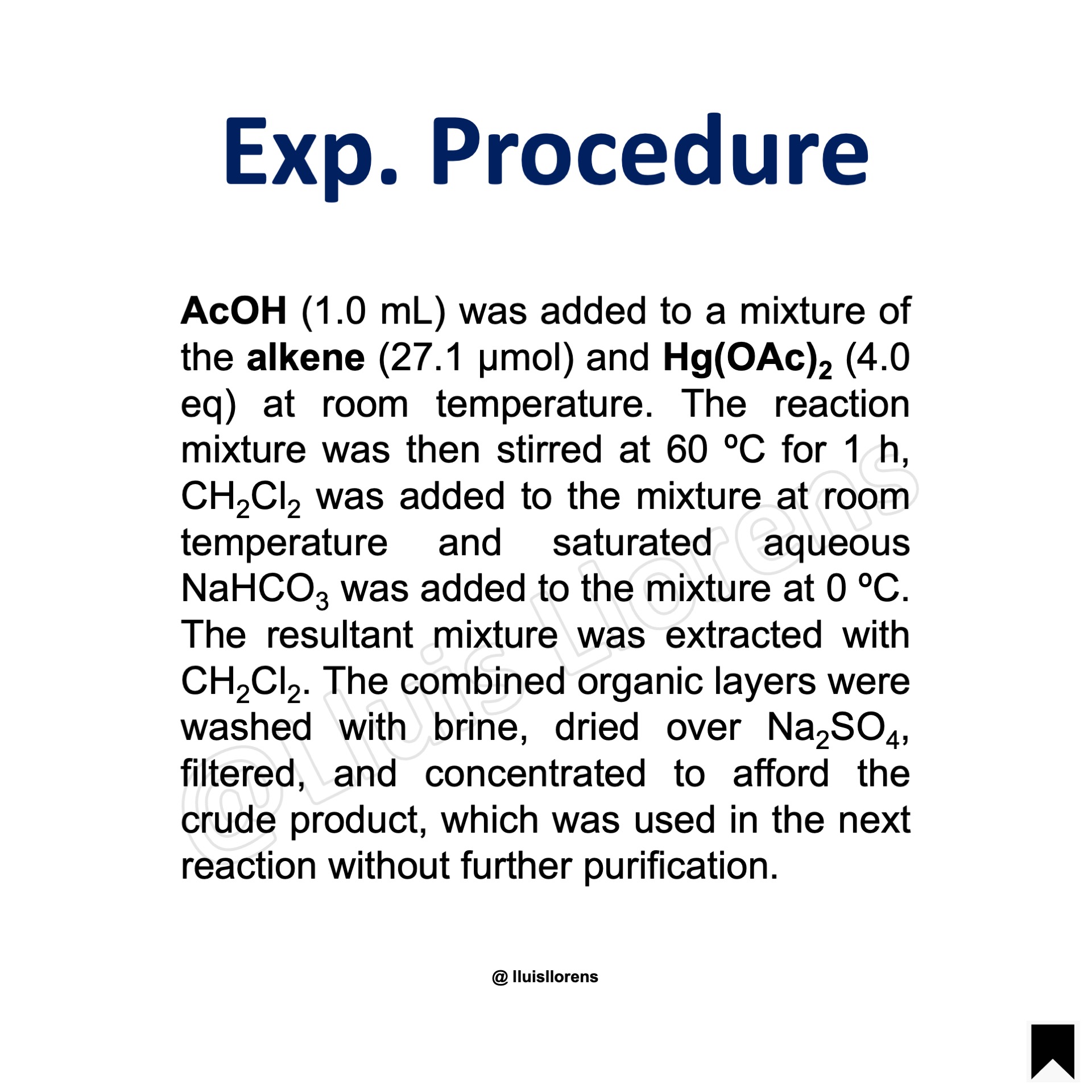Prins Reaction
The Prins reaction is the acid-catalyzed condensation of alkenes with aldehydes. The reaction involves the electrophilic addition of an aldehyde to an alkene followed by the capture of a nucleophile or elimination.
General features:
1. Different products can be obtained: allylic alcohols, 3-substituted alcohols, 1,3-diols, and 1,3-dioxanes are possible reaction products. 2. Careful control of the reaction conditions allows the formation of a given product with good selectivity. 3. Several protic and Lewis acids catalyze the reaction: H2SO4, HNO3, p-TsOH, HCl, BF3, AlCl3, TiCl4, ZnCl2… 4. The reaction is fastest with highly substituted (cyclic or acyclic) alkenes and with formaldehyde. 5. When cyclic alkenes are employed, the products often have anti stereochemistry due to neighboring group participation.
Reaction Mechanism
1. The carbonyl reactant is protonated. 2. The resulting oxonium ion undergoes electrophilic addition with the alkene. 3. The carbocationic intermediate is then captured by water or any suitable nucleophile or undergoes proton abstraction in an elimination reaction.
Experimental Procedure
AcOH (1.0 mL) was added to a mixture of the alkene (27.1 µmol) and Hg(OAc)2 (4.0 eq) at room temperature. The reaction mixture was then stirred at 60 ºC for 1 h, CH2Cl2 was added to the mixture at room temperature and saturated aqueous NaHCO3 was added to the mixture at 0 ºC. The resultant mixture was extracted with CH2Cl2. The combined organic layers were washed with brine, dried over Na2SO4, filtered, and concentrated to afford the crude product, which was used in the next reaction without further purification.
Learn More Named Reactions
[instagram-feed feed=2]






